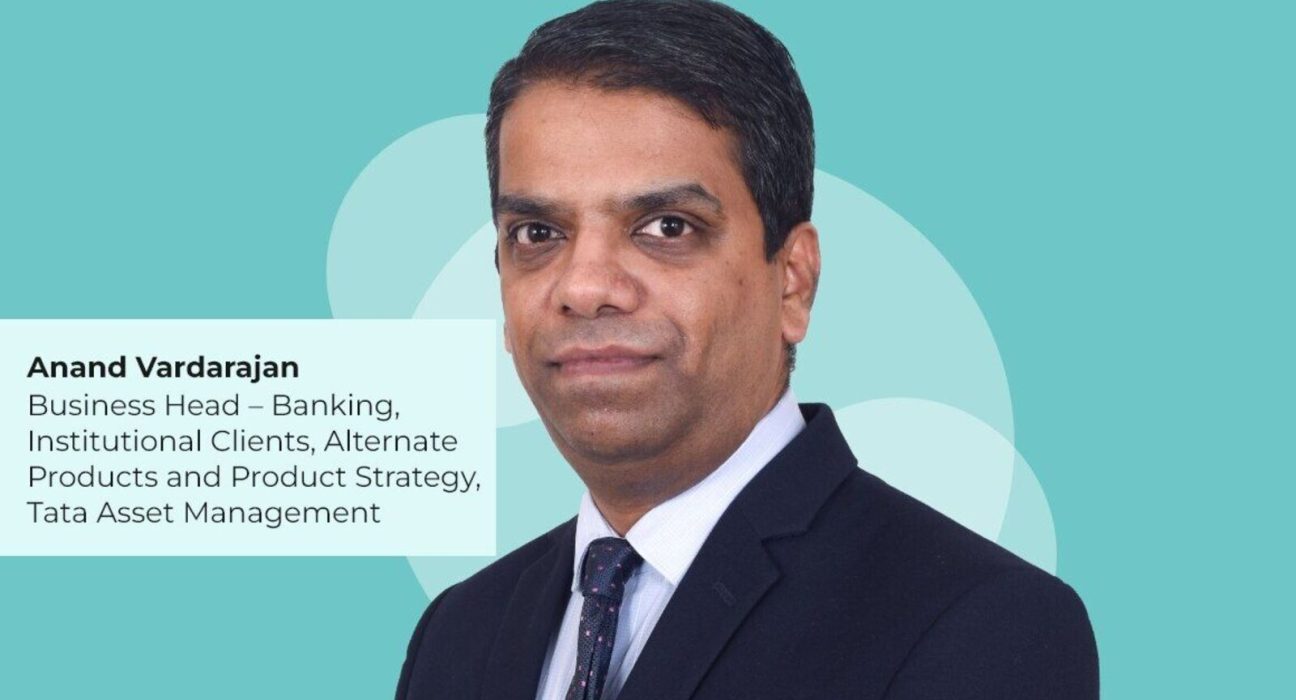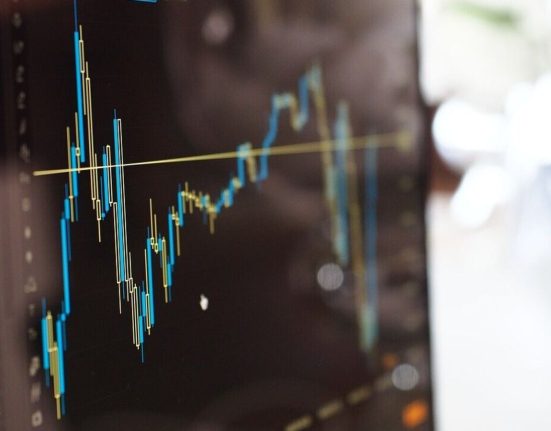Investors’ reaction to risk or loss may vary quite differently, says Anand Vardarajan, Business Head – Banking, Institutional Clients, Alternate Products and Product Strategy, Tata Asset Management.
In an interview with MintGenie, Vardarajan said that there is an ardent need to look at index funds for their underlying opportunity rather than just their low expense ratios.
Edited Excerpts:
In light of continued market optimism and continued pouring in of funds from foreign investors, which sectors do you think would do best in the long run?
We believe that the banking and financial services sector is attractively positioned from a valuation perspective. Pharma hasn’t participated much in the up move and this could benefit from a medium to long-term perspective. The IT sector could offer some good entry points this financial year.
Lower expense ratios in index funds benefit investors in the long term compared to actively managed funds. However, going by returns, do you think index funds are worth investors’ attention?
I think one should look at index funds not just from an expense perspective but for what the underlying opportunity is. Take the case of the auto industry which is at the cusp of a massive technology change and is actively moving from fossil fuels to electrical vehicles (EVs). It may be difficult to say who could be the big winner in EV in the future but if you buy the entire index you could be sure to co-own the big winners and the losers.
Considering potential cyclical ups and downs in sectors, how suitable are sector-specific index funds for long-term investment, and what strategies can investors use to mitigate cyclical risks?
I don’t get tired of saying that index is a big leveller and compounder. Take the case of Sensex which hit 75000 recently; it started in the year 1979 at 100 and has moved to 75k. In roughly 45 years it is up 750 times! We have seen wars, sanctions, frauds, global crises, coalition and majority governments, economic crisis, sanctions, and the recent pandemic! Several stocks have been a part of the index which don’t exist today and several stocks which were not a part of the index are now a part of it. It has an automatic way to keep churning in and out. One only needs to have the patience to sit through. Like they say you need the vision to see them, the courage to buy them, and the patience to hold them.
What drove Tata AMC, a leader in actively managed funds, to launch six new index funds on the same date?
We keep evaluating ideas that will add value to client’s portfolios. There is no specific reason why we chose to do all of them together. We think each idea is very compelling, so why delay investing our money in the stock market.
What benefits does the multi-cap (large, mid, small) approach of three index funds (infrastructure, manufacturing) offer investors over a pure large-cap or mid-cap focus?
Up until now the index or benchmarks that you have in this space are largely large cap tilted. If one were to dig deeper in this space there is a lot of action in mid and small infra as well as manufacturing firms and sub sector. Just that, they don’t have the size and hence not a large cap yet. A multicap index will then provide an opportunity for the investor to hold a more diversified index and also get a chance to own under-represented sectors or sub-segments that are not typically a part of the large-cap sector.
List important considerations for investors deciding to put their money in sector-specific index funds.
One needs to understand that these are sectoral and could be more volatile than diversified and broad indices funds. They may be cyclical and one needs to carefully choose depending on their time horizon and risk appetite.
How many index funds do you believe investors must include in their investment portfolios?
There is no one-size-fits-all advice here. If you are not happy with benchmark returns and need something extra, investing in active funds is a good choice. If you don’t know who or what will generate alpha, passive or index mutual funds are better. A combination usually works well.
Based on recent AMFI data, investors are withdrawing funds from small-cap investments. What percentage of an investor’s portfolio would you recommend allocating to large, mid, and small-cap funds at all times, given that the market-cap leader changes annually?
I don’t wish to give any generic static allocation across small, mid, and large-cap funds. Each investor is different and their reaction to risk or loss may vary quite differently. That is why it is called personal finance as it is very personal. Usually, for a long-term investor with reasonable risk appetite, only for their equity holding one may take a 40, 30, 20, 10 approach where 40% could be balanced or hybrid funds, 30% could be in large cap, 20% could be diversified through multi-asset, multicap or flexicap and 10% could be in mid and small-cap funds. These may vary from person to person based on their risk appetite.
In investment management, the quality of the investment team plays a critical role. What methods can investors use to assess the management quality of a business or fund manager?
A few ways to assess could be the investment philosophy and style of the fund manager, i.e., whether he/she is a value, growth or a GARP-styled practitioner. One needs to assess how the FM is managing risk in the portfolio and how the fund behaves during good and bad times with respect to volatility, etc. The most important factor is to see if the country’s Finance Minister walks the talk.
Unlock a world of Benefits! From insightful newsletters to real-time stock tracking, breaking news and a personalized newsfeed – it’s all here, just a click away! Login Now!







